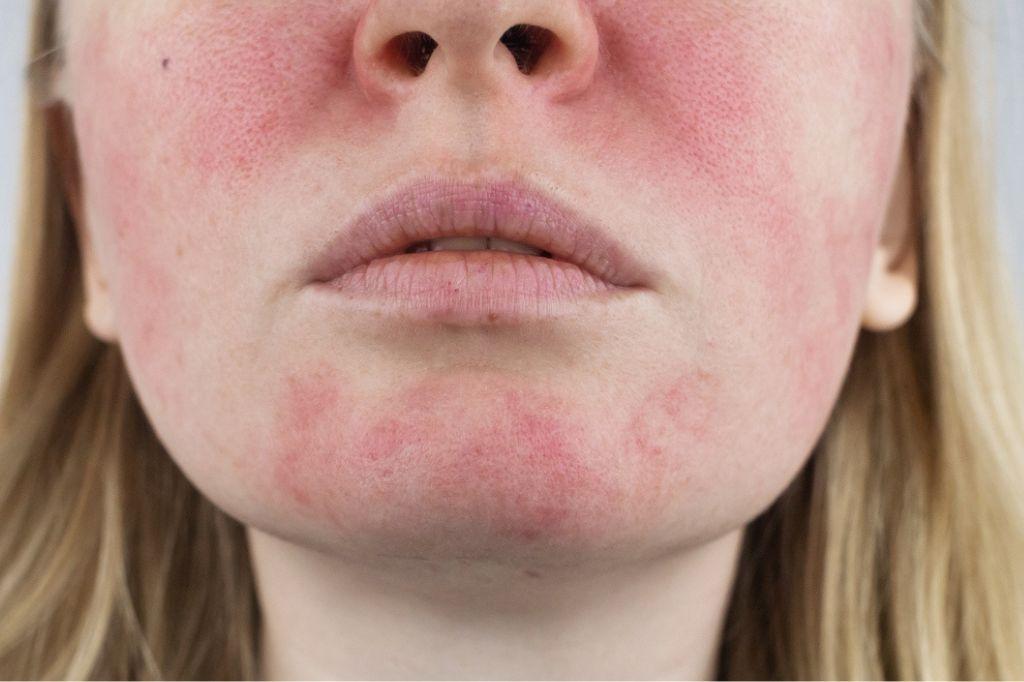Port-Wine Stains
Written by: Thomas O. McMeekin, MD, ASLMS, FAAD
Port-wine stains are capillary malformations that occur in 3% of newborn children. They always present themselves at birth and grow proportionally with the child as they age. While there is a slight familial predisposition, meaning that genetics do play a role, most port wine stains occur sporadically.
How Do Port-Wine Stains Develop?
Port-wine stains are thought to develop from the abnormal formation of new blood vessels due to the altered regulation of the dermal vasculature. They may be associated with syndromes like Sturge-weber or Klippel-Trenaunay.
Can You Treat Port-Wine Stains?
Port-wine stains have been successfully treated with a pulse dye laser. Treatment can start as an outpatient within several weeks of birth and then continue every few weeks or months until the birthmark no longer fades.
Typically, treatment takes five to six sessions. Generally, the earlier treatments begin, the fewer treatments are required.
Treating Port-Wine Stains with VBeam Perfecta from Candela
VBeam Perfecta utilizes dynamic cooling, which minimizes pain and protects the skin and its appendages. Scarring with this treatment is rare. Port-wine stains on the face clear the best with this method, followed by the trunk and extremities. The hands and feet respond the least to this type of treatment.
Most insurance plans generally cover treatment. Since port wine stains never regress and always progress, they may develop blebs and soft tissue hypertrophy as the patient ages. However, early treatment prevents this progression.




